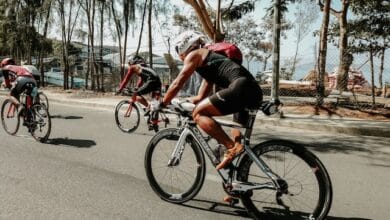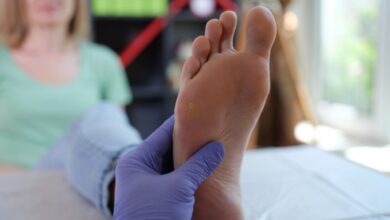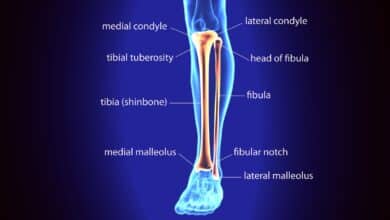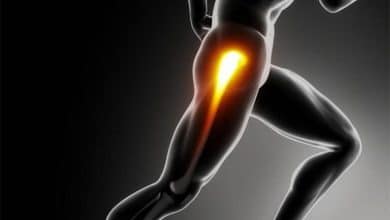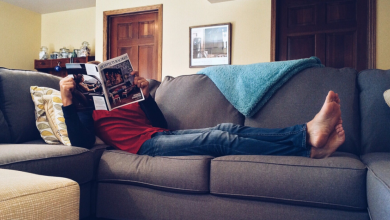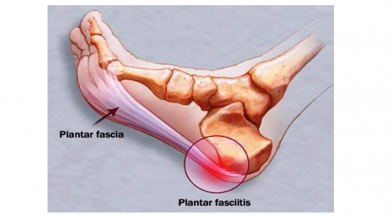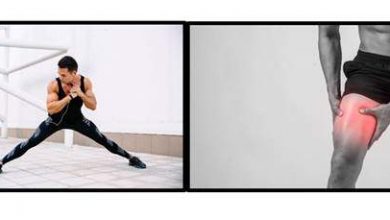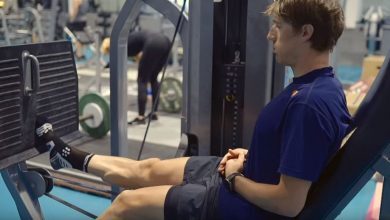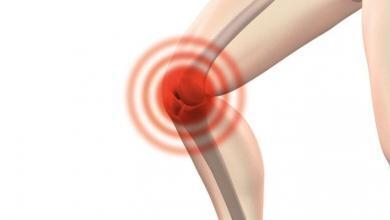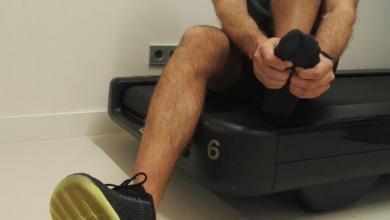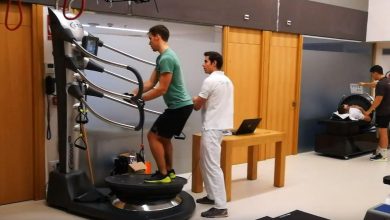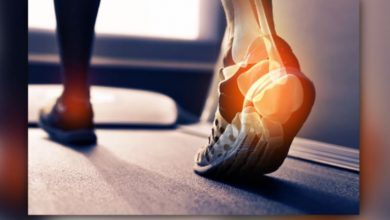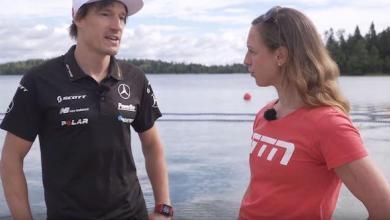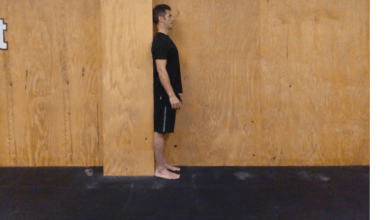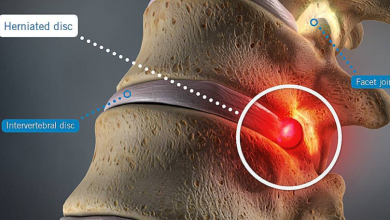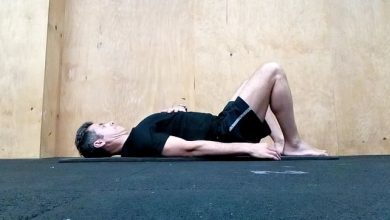The importance of stretching in the triathlon

Despite the large number of scientific articles that address the subject of stretching, there are still too many questions that generate doubts to society and athletes
Every triathlete should know the importance that the stretching in your sporting activityTherefore, from Healthing we wanted to explain some basic aspects of them.
A stretch is the lengthening that causes the tensioning of the structures involved, whether they are: muscles, tendons, fascia, capsules, nerves, etc.
Stretching has as aim to increase the range of joint range and elasticity of the muscle-tendon, besides dand reduce possible neuromuscular dysfunctions like cramps.
Despite the large number of scientific articles that address the issue of stretching, there are still too many questions that generate doubts to society and athletes:
When should you stretch, before or after training?
Is it better to stretch with rebounds or maintaining tension? How long do you need to stretch
In this article, we will try to shed some light on this topic and explain the different benefits that come with performing good stretches on a regular basis.
First of all, it is to explain that a stretch has three phases:
- Elastic Phase: Unimportant efforts that they produce an elongation of the tissue and when the tensioning is interrupted, it makes the tissue return to the original position and size.
- Plastic Phase: Intense efforts that they produce an elongation of the tissue and when it is interrupted, the lengthening of the tissue it lasts in time.
- Break Phase: Excessive effort that causes damage, as well as a lack of continuity in the fabric.
Throughout history the classification of stretches has varied according to different authors, the most used and known being those shown below.
Classification of stretches
-
STATIC
Those stretches that do not have muscle contraction and are maintained for a long time without any movement or change of position.
-
DYNAMICS
Those stretches in which the antagonist muscle contracts having a great variety of degrees of movement and without prolonged retention at any time.
-
ANALYTICAL
They are more passive, specific, powerful and precise stretches, which means that there is a greater risk of injury by being able to reach the breaking phase more easily.
-
GLOBAL
They are stretches opposite to analytical ones. They are less passive, specific, powerful and precise but in their favor they have less risk of injury at the time of their execution.
These efforts that are carried out in the different structures of the locomotor system at the time of performing a stretch, involve different effects that vary according to the mechanism that causes them:
For these physiological reasons, perform Dynamic stretches before you start training is beneficial given its thermal and circulatory effect that favors the development of the organism to begin with the exercise, but recent studies have shown that Static stretching can negatively influence in the development of muscular strength.
In turn, perform static stretches after training, contributes to generate great benefits due to its mechanical and neurological effect during the return to calm to maximize athletic performance and reduce the risk of injury.
How to do a good stretch?
Finally, we propose a protocol to follow to perform a good stretch divided into phases:
- Pre-stretch
- Progressive tensioning
- Maintenance of tension
- Progressive relaxation
- Resting Time
We recommend that the Average duration of a stretch between 30 "- 1' being the phases of progressive tensioning and maintenance of tension those in which we must remain the longest, approximately 25 "- 55".
If during phase Nº3 the tension decreases markedly or even disappear, we would return to phase Nº2 and continue stretching.
In the coming weeks, we will talk about the most important stretches for triathletes. Stay tuned to take good note !.
More information http://healthing.es/
Contact:
Healthing, Calle Serrano, 61. 4th floor - 28006 (Madrid)
There are no previous results.

